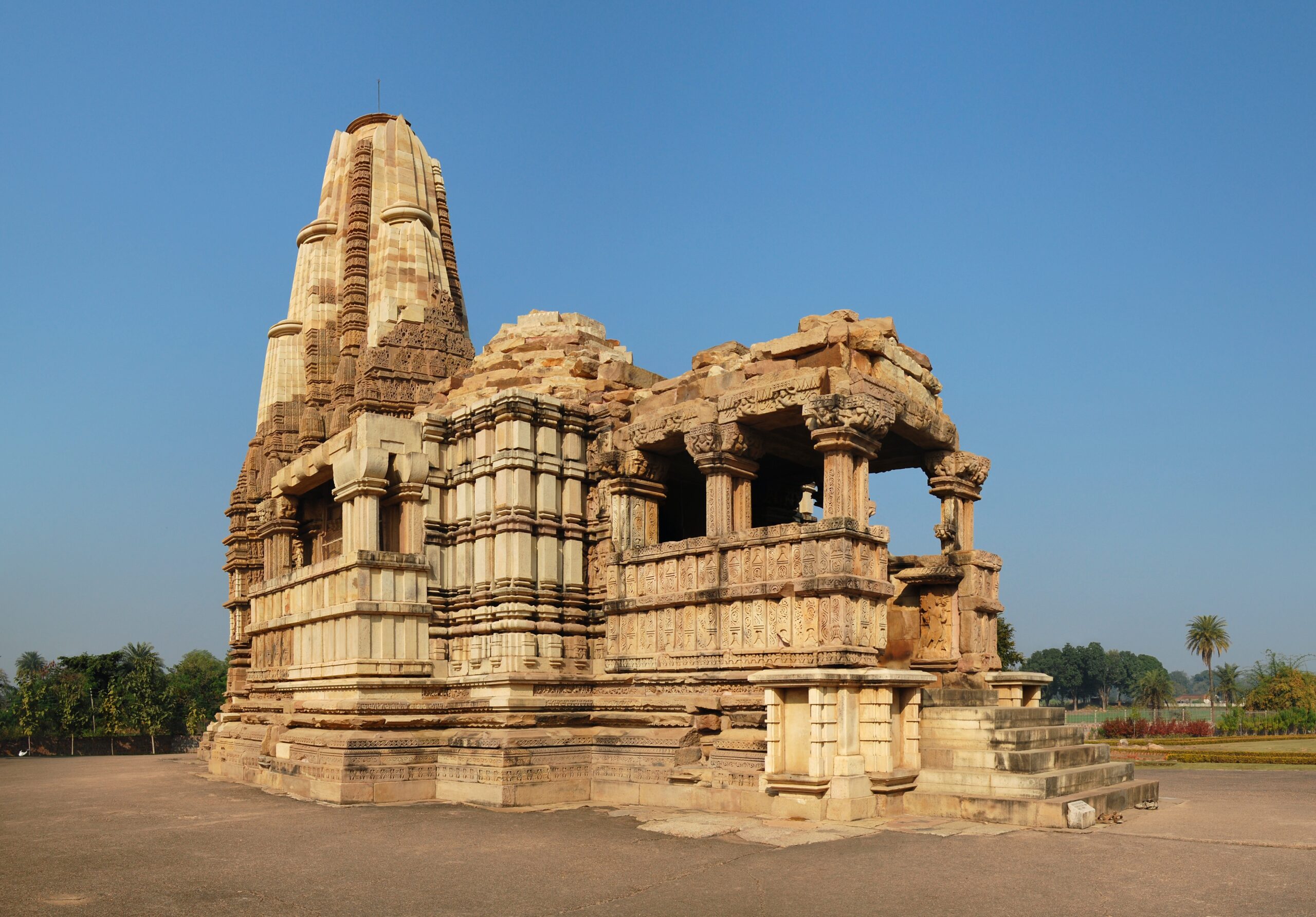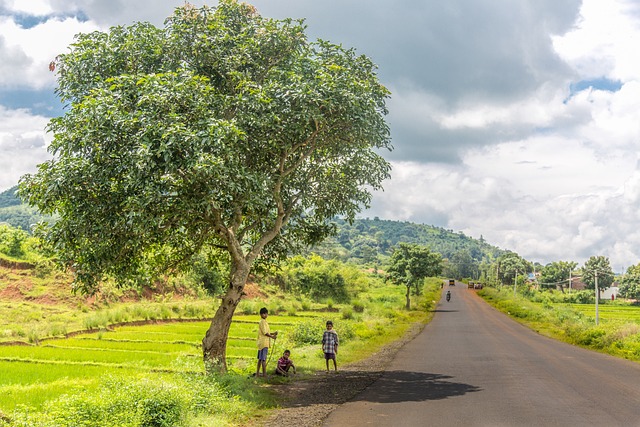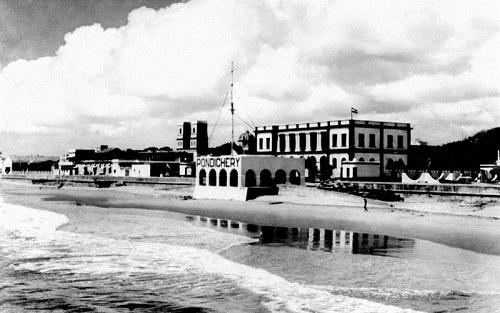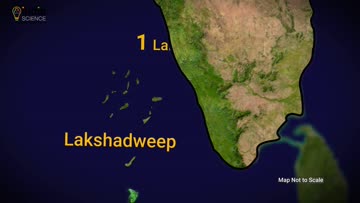Madhya Pradesh, also known as the “Heart of India”, has a rich history dating back to ancient times.
The region was first inhabited by various indigenous tribes, and later came under the control of the Maurya Empire in the 3rd century BCE. The region was then ruled by the Gupta Empire in the 4th and 5th centuries CE.
In the 13th century, the region was conquered by the Delhi Sultanate, and later came under the control of the Mughal Empire in the 16th century. During this time, the region experienced a period of cultural and economic growth.
In the 18th century, the Maratha Empire controlled the region, and it was during this time that the region saw the rise of several powerful Maratha rulers such as the Holkars and the Scindias.
In the 19th century, the British East India Company gained control of the region, and it became part of the British Raj. After India gained independence in 1947, Madhya Pradesh became one of the states of the new Indian Union.
In 1956, Madhya Pradesh was reorganized and several new states were created from its territory, including Gujarat, Maharashtra, and Chhattisgarh.
In recent history, Madhya Pradesh has been a key player in India’s political and economic development. The state has been governed by various political parties and has made significant progress in the areas of education, healthcare, and infrastructure.
Madhya Pradesh is also known for its rich cultural heritage and has a diverse population with many different languages and religions. The state is known for its rich tradition of music, dance, and art.
Overall, the history of Madhya Pradesh is a rich tapestry of different cultures, religions, and rulers. From ancient times to the present day, the region has played an important role in India’s development and continues to be a vital part of the country’s history
Overview of Madhya Pradesh of India:
Madhya Pradesh, also known as the “Heart of India,” is a state located in central India. It is the second-largest state in the country and is bordered by Uttar Pradesh, Chhattisgarh, Maharashtra, Gujarat, and Rajasthan. The capital of the state is Bhopal and the largest city is Indore.
The state has a diverse population, with many different languages and religions. The main languages spoken are Hindi and various dialects of it, however, there are many other languages spoken in the state as well. The main religions are Hinduism, Islam, and Buddhism.
Madhya Pradesh is known for its rich cultural heritage and has a long history of art, music, and dance. The state is also known for its natural beauty, with many national parks and wildlife sanctuaries. Some famous tourist destinations include the Khajuraho temples, the Sanchi stupa, and the Pachmarhi hill station.
Economically, Madhya Pradesh is primarily an agrarian state, with agriculture being the main occupation of the majority of the population. The state is also rich in minerals and has a growing industrial sector.
The state has a unicameral legislative assembly and the governor is the head of the state, appointed by the President of India. The chief minister is the head of the government and is elected by the legislative assembly.
Madhya Pradesh has made significant progress in recent years in the areas of education, healthcare, and infrastructure. The state has also been working to attract investment and promote industrial growth.
In summary, Madhya Pradesh is a culturally rich and diverse state located in central India, known for its natural beauty, rich heritage, and growing economy.





